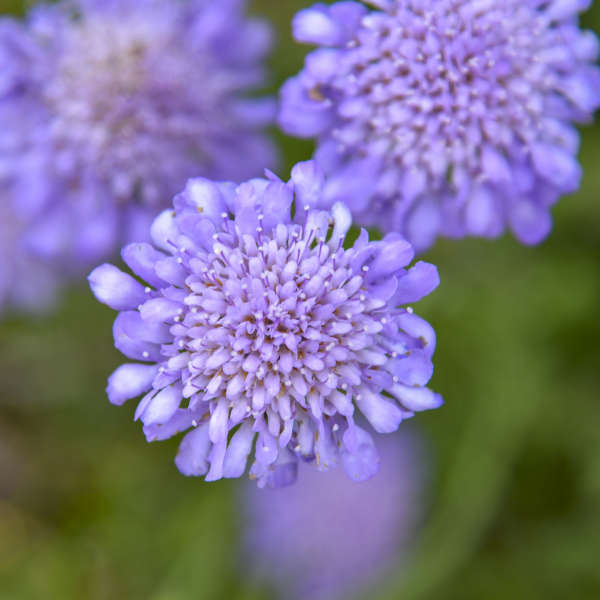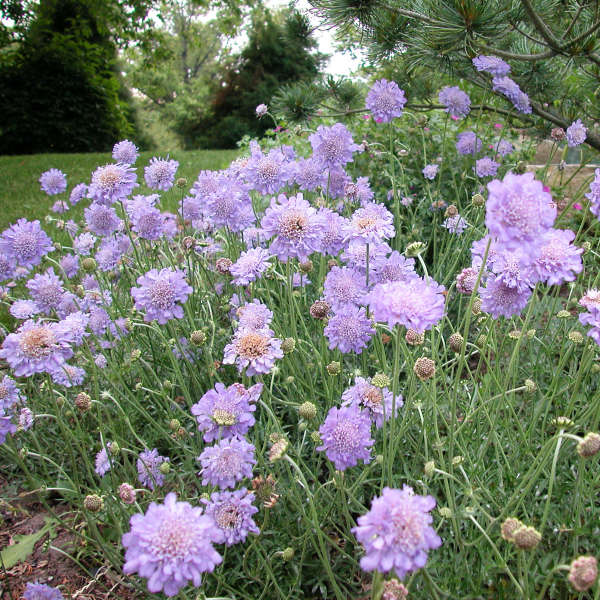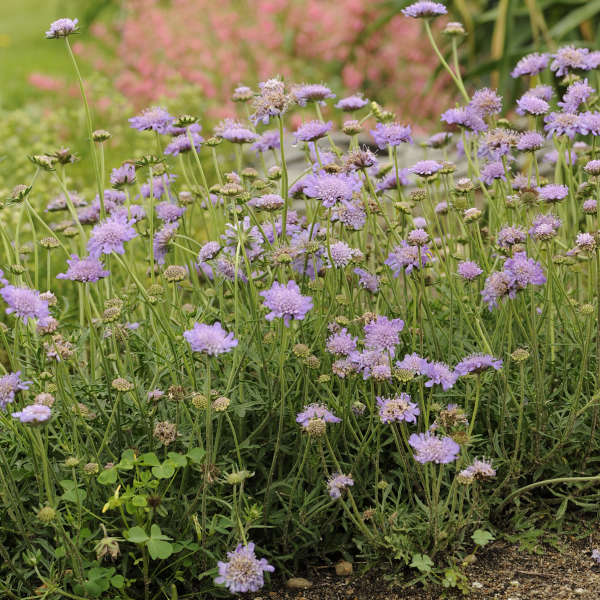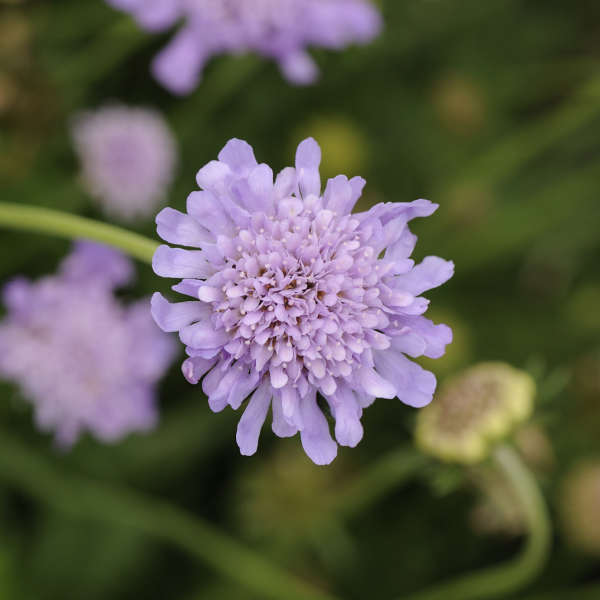Scabiosa columbaria ‘Butterfly Blue’ – Pincushion Flower
$14.00
Out of stock
Additional information
| Weight | 1 lbs |
|---|---|
| Dimensions | 4 × 4 × 4 in |
| Height | |
| Zones | |
| Color | |
| Blooms | |
| Light |
Related Products
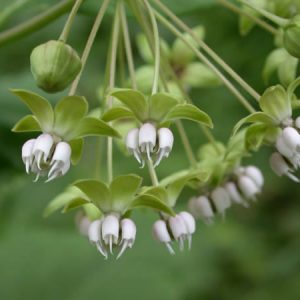
Asclepias exaltata – Poke Milkweed
Poke Milkweed is native to Michigan and can also be found throughout the eastern portion of the United States and Canada. It is most often found at the edges of forests and upland woods and is one of the few milkweeds that prosper in shaded conditions. Tall and elegant with drooping flowers that are white with pink accents and extremely fragrant, this milkweed is a popular nectar source in addition to being a host plant for the Monarch butterfly. This is a non-aggressive milkweed and once established, plants are known to survive for decades.
Available – May 2017
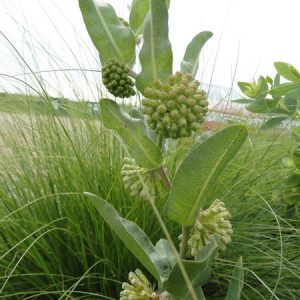
Asclepias viridiflora – Short Green Milkweed
Asclepias viridiflora Short Green Milkweed is a Michigan native milkweed. While somewhat rare it has an extensive range throughout the United States. The plant matures to 1-3′ in height making it a nice choice for borders. Short Green Milkweed blooms during early summer with blooms lasting about three weeks. Flowers are light green to green and as the plant matures the flowers begin to turn yellowish green or purplish green. It prefers full to partial sun and grows in a variety of soils but prefers dry-mesic to mesic. Habitats include openings in upland forests that are rocky or sandy; upland black soil prairies, sand prairies, gravel prairies, and hill prairies; barrens, limestone glades, and sand dunes; and abandoned fields.
The flowers attract bumblebees and butterflies. Also known as Green Milkweed, Green Comet Milkweed, Green Antelopehorn Milkweed, Green-Flowered Milkweed.
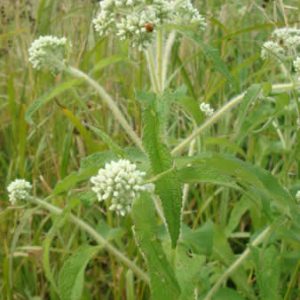
Eupatorium perfoliatum – Boneset
Growing in moist conditions, Eupatorium perfoliatum (Boneset) produces flat to roundish heads of white flowers. The stem is covered with long spreading hairs with leaves that are often joined at the base, appearing to surround the stem. Many different insect species are attracted to the flowers as the nectar is relatively easy to access.
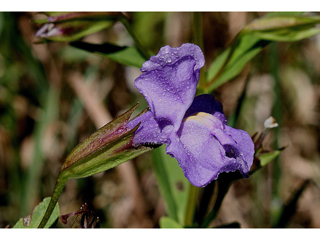
Mimulus ringens – Monkeyflower
This perennial plant is 1-3′ tall, branching occasionally to frequently. The light green stems are glabrous and bluntly 4-angled, but they are not conspicuously winged. The opposite leaves are up to 4″ long and 1″ across; they are light to medium green, lanceolate or elliptic-oblanceolate in shape, glabrous, and serrated to sparingly serrated along their margins. The leaves are sessile or they clasp the stems; petioles are absent. Leaf bases are round to slightly cordate, while their tips are slender and pointed. Individual flowers develop from the leaf axils of the middle to upper stems. These flowers are about 1″ long, and they have two-lipped corollas that are usually pale blue-violet (less often pink or white).
Available May – Mid May 2015
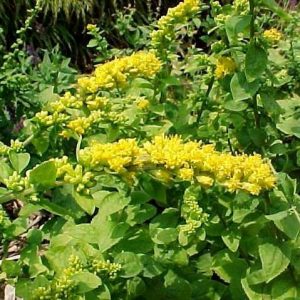
Solidago sphacelata – ‘Golden Fleece’ Dwarf Goldenrod
Another fantastic Mt. Cuba introduction. A stunning show of sprays of golden yellow flowers from mid-August through September. Semievergreen heart-shaped leaves. Truly an excellent groundcover and bee and butterfly charmer! Hairstreaks, sulphurs and skippers are particularly attracted to goldenrod. Monarchs visit it during their autumn migration.
Goldenrod Interesting Notes
Golden Fleece autumn goldenrod was discovered in 1985 as a spontaneous garden seedling in Eden, North Carolina. It was evaluated under diverse conditions at Mt. Cuba Center and determined to be a low-growing, compact form of the species suitable for use as an herbaceous perennial groundcover only reaching 18” tall. Multi-branched stems arise from basal rosettes of broadly rounded foliage and are covered with a profusion of golden-yellow floral spires from mid-September to October. It performs best in full sun with average moisture but is tolerant of a range of conditions from sunny and dry to partial shade. 'Golden Fleece' is hardy in zones 3-8. It won the Internationale Stauden-Union’s Award for an outstanding new plant in Switzerland in 1994. – Mt. Cuba Center
In many of the gardens I design, I use goldenrod to give late summer and fall gardens just the right autumnal color. Luckily for urban dwellers with limited gardening space, goldenrod also can be grown quite successfully in a container. Beautiful in the garden, goldenrod does double-duty as a long-lived cut flower. In Europe, where goldenrod has long been shown the appreciation it deserves, it is sold by the bunch, and gardening catalogs offer more cultivars than are available in the States.
Solidago sphacelata 'Golden Fleece' Growing and Maintenance Tips
Native to calcarous woodlands and rocky pastures from Virginia to Illinois south to Kentucky and Georgia. Prefers somewhat fertile, sandy, well-drained soils in full sun. Propagate by seed or division every 3-4 years. Cut back to encourage rebloom. Used in butterfly and wild gardens or as a groundcover or border perennial.
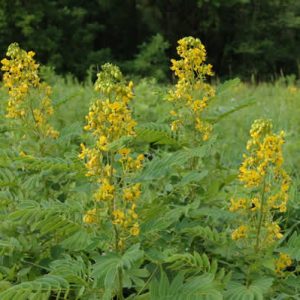
Senna hebecarpa – Wild Senna
Host Plant – Sulphur, Clouded Sulphur, Orange Sulphur
Wild Senna is a versatile plant that we think deserves more recognition as a great choice for garden or restoration projects. Its lovely, bright yellow flowers bloom July-August, attracting many bees and butterflies. Autumn brings beautiful leaf colors and the formation of long black pods with seeds favored by larger birds like wild turkeys. A horizontal root system provides strength against winds, allowing the plant’s stately (4-6′) beauty to be appreciated even after the storm. Some gardeners use this sun-loving plant to form a hedge.
It is virtually indistinguishable from its relative, Maryland Senna (Senna marilandica) until the two species have ripe seeds. The Wild Senna will readily open its pod and the seeds will fall out, whereas the Maryland Senna seed pods will stay tightly closed. Other than this, it is very hard to tell the two species apart.
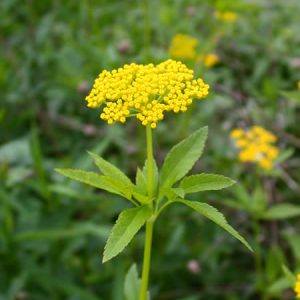
Zizia aurea – Golden Alexanders
Zizia aurea is one of those natives that every garden should have. It is fairly easy to grow and, although short-lived, will self-seed and persist in many sun/soil situations. Zizia is an important plant to a number of short-tongued insects that are able to easily reach the nectar in the small yellow flowers. Black Swallowtail caterpillars will feed on its leaves.
Golden Alexanders have a long bloom time, giving the garden/prairie some well-deserved early color for several weeks in late spring to early summer when many other plants have not yet flowered. Also called Golden Zizia, Golden Alexanders will tolerate a lot of shade but prefer full sun or light shade.
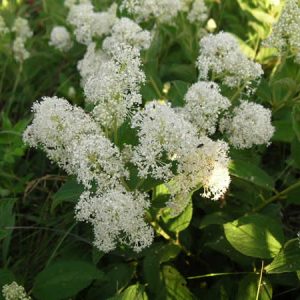
Ceanothus americanus – New Jersey Tea
Host Plant – Eastern Tailed Blue / Spring Azure / Summer Azure
A deciduous shrub that grows just 3′ tall, the dried leaves of New Jersey Tea make a flavorful tea that was popular during the Revolutionary War. This extremely adaptable species can withstand inhospitable conditions because of massive, deep roots.
The white flower poms are attractive to butterflies, hummingbirds and pollinators.
New Jersey Tea is excellent as a shrub border and a is a fabulous addition for native plant gardens. It is also effective as a shrubby ground cover for hard-to-grow areas such as dry rocky slopes and banks. Easily grown in average, dry to medium, well-drained soils in full sun to part shade. Best in sandy loams or rocky soils with good drainage. Thick, woody, red roots go deep and help plant withstand droughty conditions, but make established shrubs difficult to transplant.
Grown in one quart pot with approximately 6” of top growth.
Plants grown without harmful pesticides and are safe for butterfly gardens.

